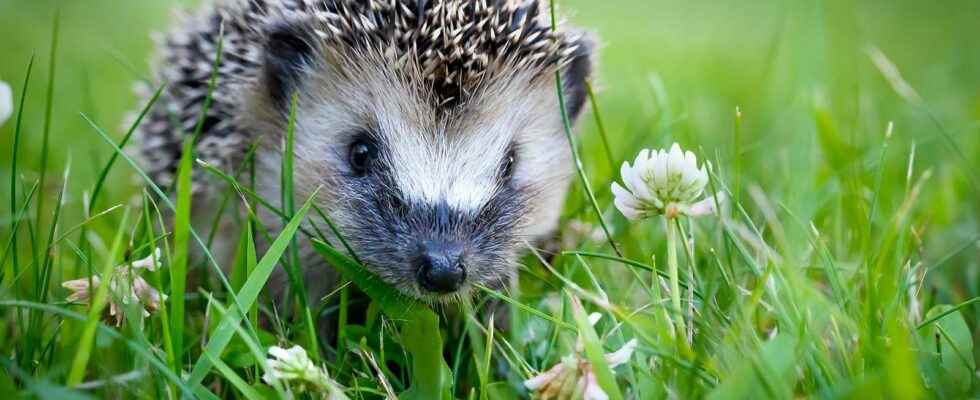You will also be interested
[EN VIDÉO] Humanity: what is our relationship with biodiversity? Is the relationship of humans to their environment conflicting? To answer this question, Futura offers you an overview of our past and present situation in the company of Gilles Bœuf, president of the scientific council of the French Biodiversity Agency.
Emblematic of gardens, the hedgehog deserves to be better known and protected. Small friendly mammal that lives at the bottom of your garden, know how to welcome it without disturbing its rhythm of life. Share your experience with France nature environnement to see their evolution in our changing society and above all to know how to help it survive.
Discovering the European hedgehog
Species indigenous in France, the European hedgehog or common hedgehog (Erinaceus europaeus) is very pampered by gardeners because it is very useful. Insectivorous and nocturnal, it loves to eat slugs, earthworms, beetles, caterpillars and other insects that come to devastate the vegetables in the vegetable garden and young flowers in beds and other pots.
Here are some ideas to welcome the hedgehog in your garden:
- build him a cozy nest, shelter in the bottom of the garden because he does not like to be disturbed. Branches, mosses and sheets will serve him to create his refuge;
- do not use harmful treatment products (granules, liquidpowder) for plants as these could harm hedgehogs and poison them;
- offer him, in addition to the lodging, a cup of water available so that he does not become dehydrated.
Covered in spiky hairs to repel predators, it uses its small, pointed snout to locate prey and eat it. As soon as there is danger, it positions itself in a ball showing all its quills. The adult hedgehog has a few natural enemies such as foxes where the badgers and the baby hedgehogs can be eaten by rodents. The female gives birth to two to seven babies, once or twice a year. After nursing them, she moves the young to a nest until the litter flies off on its own, six weeks later. As soon as winter arrives, the hedgehogs enter the period ofhibernation. Don’t try to domesticate a hedgehog!
In the end, we know very little about the evolution of the hedgehog in the wild, the population size in France, its behavior in the face of the effects of climate deregulation or its attitude towards human activities. Many questions about this familiar mammal remain unanswered. Together, we can get to know it better and defend it.
How to participate in the census of European hedgehogs in France?
Since 2018, France nature environment 25-90 (Doubs and Territory of Belfort), or FNE 25-90, launched a vast participatory census operation to better understand, study and protect this small mammal. Since 2021, the hedgehog has been counted throughout the national territory.
All you need to know about “Operation hedgehog” with France nature environnement 25-90. © FNE, YouTube
As an individual, you can send your observations to feed the database collected by France nature environment in order to better understand theuniverse of the hedgehog. Alive or dead, in your garden or a public park, do not hesitate to take it on video or in photo (without flash at night), submit the information and your observations on the FNE site. All reports are valuable to scientists. This data is then processed to see the impact of human activity on the hedgehogs.
Interested in what you just read?
